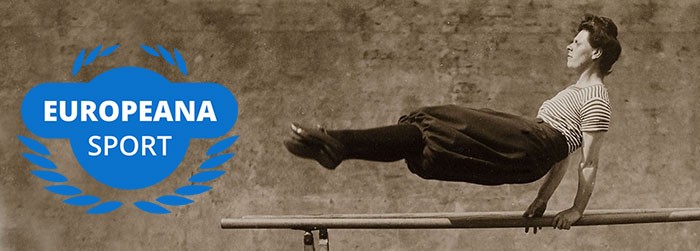A guidebook to 'the finest golf course'
Golfers come from all over the world to play the Old Course at St Andrews. It's the oldest golf course in the world, where the game has been played since the 15th century.
Most will arm themselves with a guidebook on how to play the notoriously difficult course. This 1932 guide - competitively priced at six pence - would have been available at John Menzies newsagent in St Andrews and handily at WH Smith at King's Cross Station, London, so those making the pilgrimage to St Andrews by train could do some preparation on the journey. The guide was revised annually for many years - if you visit St Andrews today, you won't have to search hard for a contemporary book with similar contents and title.
The book opens with several pages of advertisements for hotels catering to the visiting golfer. These include the Dunvegan Hotel which continues to trade under that name today. Like most of St Andrews, it looks very much the same as it did back in 1932.
The cover features a quote 'The finest golf course I have played' from Bobby Jones (1902-1971), the most famous golfer of the day and probably the overseas golfer most associated with St Andrews. Jones' relationship with the course went from initial hatred to a deep love and awe. The guide quotes extensively from Jones' classic book On golf.
'When I first played there in 1921, I was unable to understand the reverence with which the place was regarded by our British friends. I considered St Andrews among the very worst courses I had ever seen and I am afraid I was even disrespectful of its difficulties. The maddening part of the whole thing was, that while I was certain the course was easy, I simply could not make a good score. Self complacently, I excused myself by thinking the course was unfair, that the little mounds and undulations should not be there, and because my shots were deflected continually away from the hole, I regarded myself as unlucky. …. In the interim between 1921 and my next visit to Britain in 1926, I heard such a great deal of St Andrews from Tommy Armour and other Scotsman, who seemed to be convinced that Divine Providence had had a part in the construction of the course, that I went there determined to make an effort to like it. I really did not have to try very hard. Before I had played two rounds, I loved it, and I love it now'
This love was no doubt helped by the fact that he won the Open on the Old Course in 1927, and a love reciprocated as he was made a Freeman of St Andrews in 1958.
The guide combines notes on how to play the course with detailed illustrations of all eighteen holes so the first-time player is forewarned about the bunkers, mounds, streams, rough and other hazards they will face on the Old Course.
Once they have completed that first round, the novice can join the debate as to which is the most difficult bunker in the world to get out of. Is it the Hell Bunker, one of nine bunkers on the 14th hole or the Road Hole Bunker on the 17th? (That is also known as the Sands of Nakajima as Japanese professional golfer Tsuneyuki Nakajima had the misfortune of ending up in it.)
This is a pamphlet, but it would be possible to write an encyclopaedia about the Old Course. Indeed, the literature about the course, its history and many challenges would fill many shelves in the great library of golf.
The Old Course has changed little since 1932 so this guide would still be useful today. Other books might provide more context or poetry, but few would be so practically useful to the aspiring visitor. Whilst you are unlikely to play tennis on Centre Court at Wimbledon, baseball at Wrigley Field or step out bat in hand on Melbourne Cricket Ground, anyone with a reasonable golf handicap can in theory play the Old Course.
Unchanging but ever-changing, it reveals new sides to its character every time it is played, as Bobby Jones would surely have agreed. Perhaps the most useful part of the book is not the plans of the holes, but these words by Jones.
'There is always a way at St Andrews although it is not always the obvious way, and in trying to find it, there is more to be learned on this British course than in playing a hundred ordinary American Golf Courses.'
Share your sport story
Can you help us to tell the story of sport in Europe in the past and the present?
We invite you to tell us about your sport experiences through objects like photographs, memorabilia, equipment or prizes.
Share your story →
This blog is part of the Europeana Sport project which showcases cultural treasures relating to sporting heritage in Europe.

